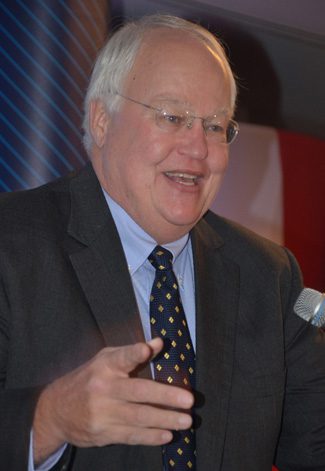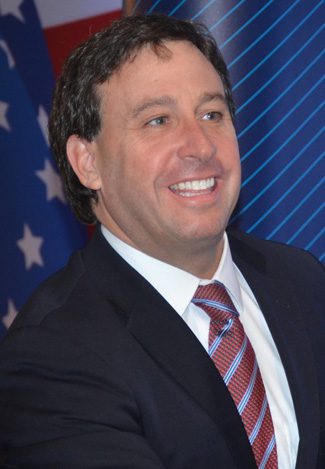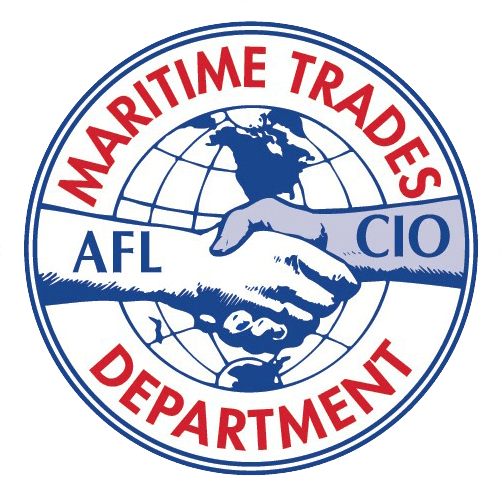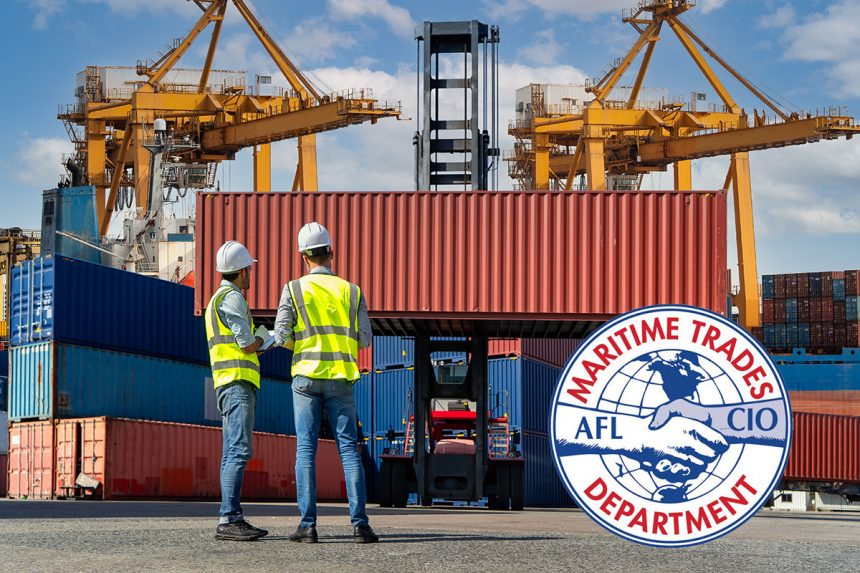


Local Missouri elected officials welcomed the 2017 MTD Convention with open arms – and speeches – from the mayor of St. Louis and county executives from St. Charles and St. Louis counties.
Mayor Lyda Krewson opened the convention on October 19, following the ST. Louis Fire Fighters Honor Guard presentation of colors. She began by thanking MTD President Michael Sacco as well as the members of the St. Louis Area and Vicinity Port Maritime Council for their efforts to promote American-flag shipping and good jobs.
Krewson told the convention, “As you probably know, we have a strong maritime industry right here in St. Louis, because of the St. Louis Port Council and the St. Louis Port Authority. Our port here in St. Louis is the third largest inland port in the United States, and 35 million tons of goods move through the port annually. The maritime industry is responsible for 20,000 jobs in the port district that are very, very critical to our economy.”
She then talked about the many benefits that were created by the St. Louis Regional Freightway, a comprehensive site for manufacturing distribution in the St. Louis area. One of those benefits, she said, is an increase in union jobs for the region.
The mayor also praised the work of the labor leaders in attendance: “None of this (job creation) would be possible without the work that all of you do every day. The river’s always been a way of bringing communities together to strengthen economic development. Its economic potential is vital for our future. And by capturing the river’s economic benefits, of course, we create great-paying jobs, and the opportunity to organize workers and prepare them to be successful members of our workforce.
“I know each of your unions will continue to equip workers and train workers with the skills that they need to thrive,” she continued. “Because that’s what great unions to do. The Maritime Trades have a long legacy of fighting to protect workers, and fighting to strengthen the U.S. maritime industry. From wage increases to improved work conditions, the Maritime Trades have proven time and again that it protects its members. I’m proud to back you, and I’m proud to back your members.”
Representing neighboring St. Charles County, County Executive Steve Ehlmann began by explaining the region’s long history of commerce up and down the Mississippi and Missouri Rivers, adding, “As the mayor said, ports are a very important economic engine here in the region. My county right now, we have paid for a study to determine the feasibility of us creating a port authority in St. Charles County.”
Ehlmann then spoke about the future need for shipping in the region, specifically in transporting food and other agricultural products. He said, “The freight district calls this the Ag Coast of America. And, as you know, one industry we know is going to grow in the next 20 years is agriculture. Just the very need to feed the people of the world, in our location between the fields and the mouths around the world, puts us in a position to play a very important role in that.”
St. Louis County Executive Steve Stenger emphasized the importance of union labor to the region, saying, “The Greater St. Louis Area and Vicinity Port Maritime Council includes people who work on the rivers, build our communities, drive on our highways, and are employed in our stores and restaurants. We are talking about glass workers, bricklayers, longshoremen, insulators, electricians, elevator constructors, ironworkers, firefighters, plumbers, and food and commercial workers among others. These hard-working men and women are a powerful economic and political force in Missouri, the nation, and indeed throughout the world.
“Union labor has been the key to St. Louis County’s current construction boom,” he continued. “Since last year, major corporations have invested $4 billion in capital improvements and expansions in our county. These investments generated over 5,700 new jobs and retained about 21,000 more, not to mention the thousands of good-paying union construction jobs that were needed to construct these fine facilities. This boom has attracted national attention. Companies that want work done right the first time are drawn to our region because we have the best-trained workforce in the Midwest.”
Stenger concluded by stressing the importance of union solidarity: “As all members of the port maritime councils well know, there is strength in unity. And as was mentioned, this unity, this strength is called for ahead of the November 2018 election, when voters in Missouri will decide whether they want the so-called ‘right-to-work’ law that Governor Greitens signed into effect. I can remember when I was six years old, campaigning against right to work the first time in 1978. I was in the back of a blue Pinto handing out ‘Right to Work Is a Rip-Off’ stickers with my pop…. And we know now what we knew then, that this law is designed to weaken unions – to really destroy unions – to drive down wages and turn back the clock on working conditions, and we certainly don’t want that. This bill was indeed, I think, the single worst blow against organized labor in the history of the state of Missouri, and I want you to know that I will continue to do everything in my power to help reverse it.”

